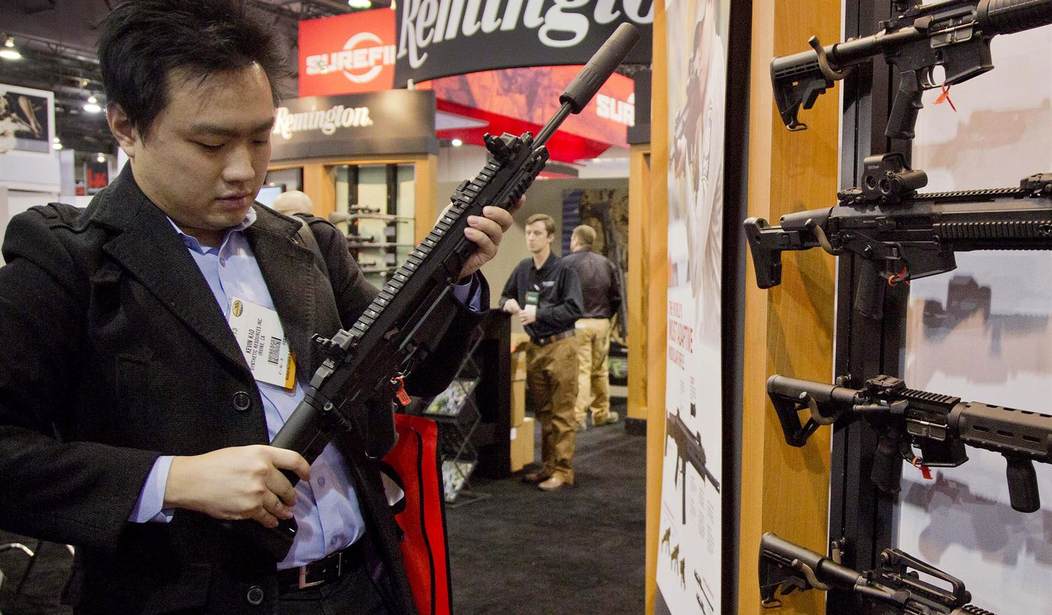A while back, I learned a bit about how to read studies. See, we learn about science by studying things. In some cases, we learn by studying people because that’s part of what we want to know about. The problem with studies, though, is that they can only tell you so much about anything.
Much of it depends on how it’s designed and the methodologies used.
Take this story about a study in Colorado, as an example.
About 20% of Colorado teens say they have easy access to handguns, a figure that is even higher among those with mental health concerns.
The study is one of two released today about youths and guns and comes on the heels of mass shootings in Colorado and Georgia.
The second study looks at differences between those injured by firearms in three scenarios — unintentional, self-harm and assault.
Access to handguns
Researchers analyzed data from the 2019 Healthy Kids Colorado Survey that included responses from 46,537 high school students who were asked about perceived gun access and their mental health.
About 11% said they had “sort of easy” access to a handgun, and nearly 9% said they had “very easy” access,” according to “Perceived Access to Handguns among Colorado High School Students,” Brooke-Russell A, et al. Pediatrics. March 29, 2021, https://doi.org/10.1542/peds.2020-015834).
Those reporting easy access were more likely to be male and older. Transgender youths were more likely to report easy access than cisgender youths.
Perception of access was greater in rural areas than urban areas. About 24% of Native Hawaiian/Other Pacific Islander, 23% of multiracial students, 21% of White students, 18% of Hispanic/Latino students, 17% of Black/African-American students and 12% of Asian students reported easy access.
About 32% of students who had been in a physical fight, 30% of students who had attempted suicide and 24% of those with prolonged feelings of depression reported having easy access to a handgun, all higher than their peers who had not had these experiences in the past year.
Now, this is just one of the studies, but I want you to note a few things.
First, this is a survey of kids in high school. This is about their opinions about access to firearms and isn’t necessarily reflective of the reality. For example, Junior knows where Dad keeps his gun and thinks he knows where the key is, only the key isn’t there anymore.
Further, how many of the students are arguing they can obtain a firearm illegally with significant ease?
Additionally, you have those who actually can access a firearm easily because they’ve shown themselves to be responsible young adults?
Plus, let’s look at the phrasing of the last paragraph: “30% of students who had attempted suicide and 24% of those with prolonged feelings of depression reported having easy access to a handgun,” suggests there’s this huge problem of guns in households with suicidal people, but not that we’re talking about a third of all people who claim to have attempted suicide. That’s a pretty small number, and less than a third of them claim to have easy access to firearms.
The second study, which I won’t directly blockquote here but is at the above link if you want to read about it, looked at injuries resulting from the use of a firearm and examined whether they were intentional, unintentional, or self-harm.
There’s a problem with this methodology as well, though. While it may be useful to know if they’re intentionally shot, it doesn’t show us much of anything relating to firearms themselves. Were these young people involved in criminal activity, resulting in them being shot–gang activity, for example, where a gang member is shot by a rival gang member, etc–or was it something else?
I’m afraid that not all gunshots are created equally, especially when science is used to justify new regulations.
Being able to understand how those studies can mislead both activists and lawmakers is incredibly useful.
Editor’s Note: Want to support Bearing Arms so we can tell the truth about Joe Biden and the Left’s radical gun control agenda? Join Bearing Arms VIP. Use the promo code GUNRIGHTS to get 25% off your membership.








